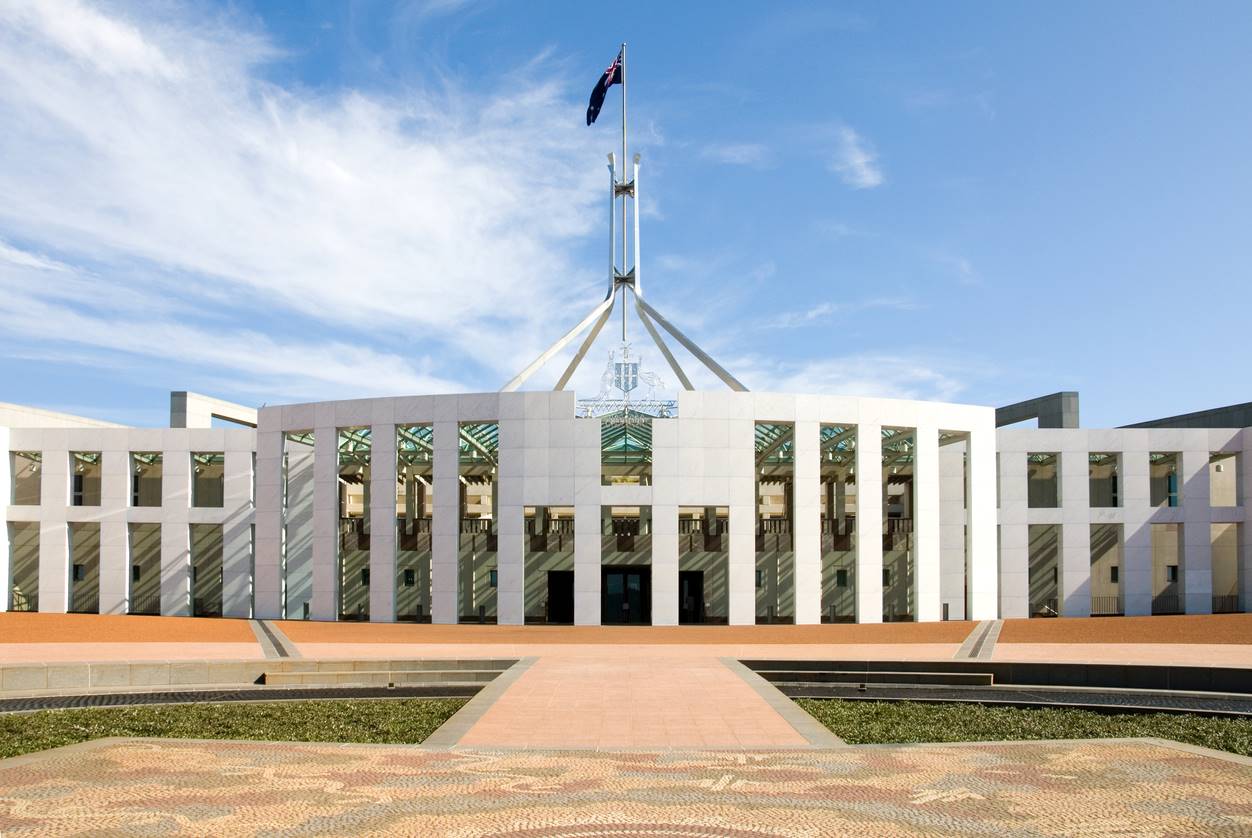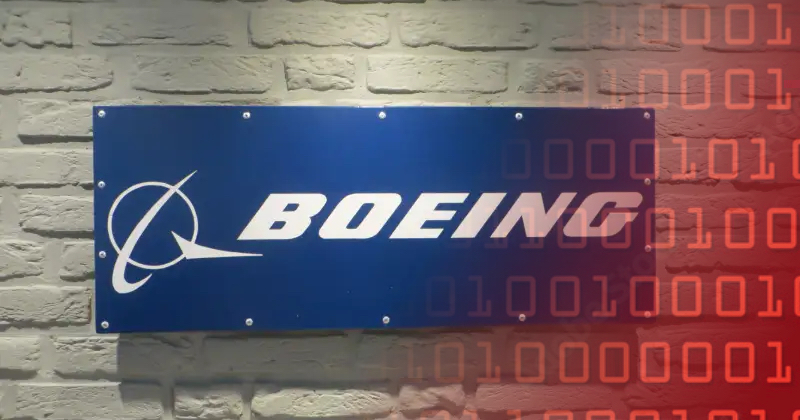
A costly program to set up a common SAP enterprise resource planning (ERP) system for the federal government is to be scaled back, with about 40 smaller entities able to make their own technology choices.

Finance minister Katy Gallagher revealed the change of direction on Tuesday.
The current government has previously axed other big-budget IT projects, including the $530m modernising business registers program, and the $191m entitlement calculation engine (ECE) for Services Australia.
GovERP isn’t being axed, but instead scaled back in the first instance.
GovERP’s origins date back to late 2019 when it was designed to standardise corporate and financial systems across the government’s six shared services hubs. About 40 agencies were to upgrade from dated SAP instances to GovERP.
The program is being run out of Services Australia, with assistance from several large consultancies.
Technically, the GovERP program comprises an SAP S/4 HANA-based core and a series of software-as-a-service “edge” solutions that can be bolted on to provide specific functionality.
Gallagher said that GovERP will still be implemented at Services Australia but indicated it would no longer be compulsory for other entities to onboard.
“The new approach includes GovERP being repurposed for use by Services Australia, and any entities that choose to use it,” Gallagher said in a statement.
“There will also be an independent reuse assessment of GovERP to support Commonwealth entities [to] implement future cost effective ERP uplifts.”
APS ERP
Gallagher said that the current government’s strategy will be known as “APS ERP”, setting out “how the Australian Public Service will manage its ERP corporate systems, underpinned by the principles of choice, market competition, and affordability.”
Under this strategy, the Digital Transformation Agency will set up an “ERP category of core and edge products on its existing software marketplace”, assembling different vendor offerings there.
“This approach is expected to increase competition in the ERP market and provide new opportunities for Australian small and medium businesses to sell ERP solutions to the APS,” Gallagher said.
The DTA is anticipated to begin testing the market for ERP solutions “soon”.
A project management office (PMO) will also be set up in the Department of Finance “to support smaller non-corporate Commonwealth entities [to] choose cost-effective solutions.”
In addition, Gallagher promised a “review of existing transactional processing arrangements across the APS.”
Shared services transformation
GovERP was part of a broader shared services drive initiated by the former Coalition government to reduce backoffice spend, particularly where agencies ran individual instances of the same software.
About 100 government entities were meant to standardise systems through the transformation.
However, Gallagher said that “was based on naive ideas about the ability to standardise complex corporate systems across” that many entities.
She also criticised the former government for “locking in” technology providers to the transformation, “without adequate testing of the market to see what else was available.”
The result, she said, was “a costly program to consolidate APS backoffice functions without any regard for the pace of technological change and based on assumptions that have not been realised.”











